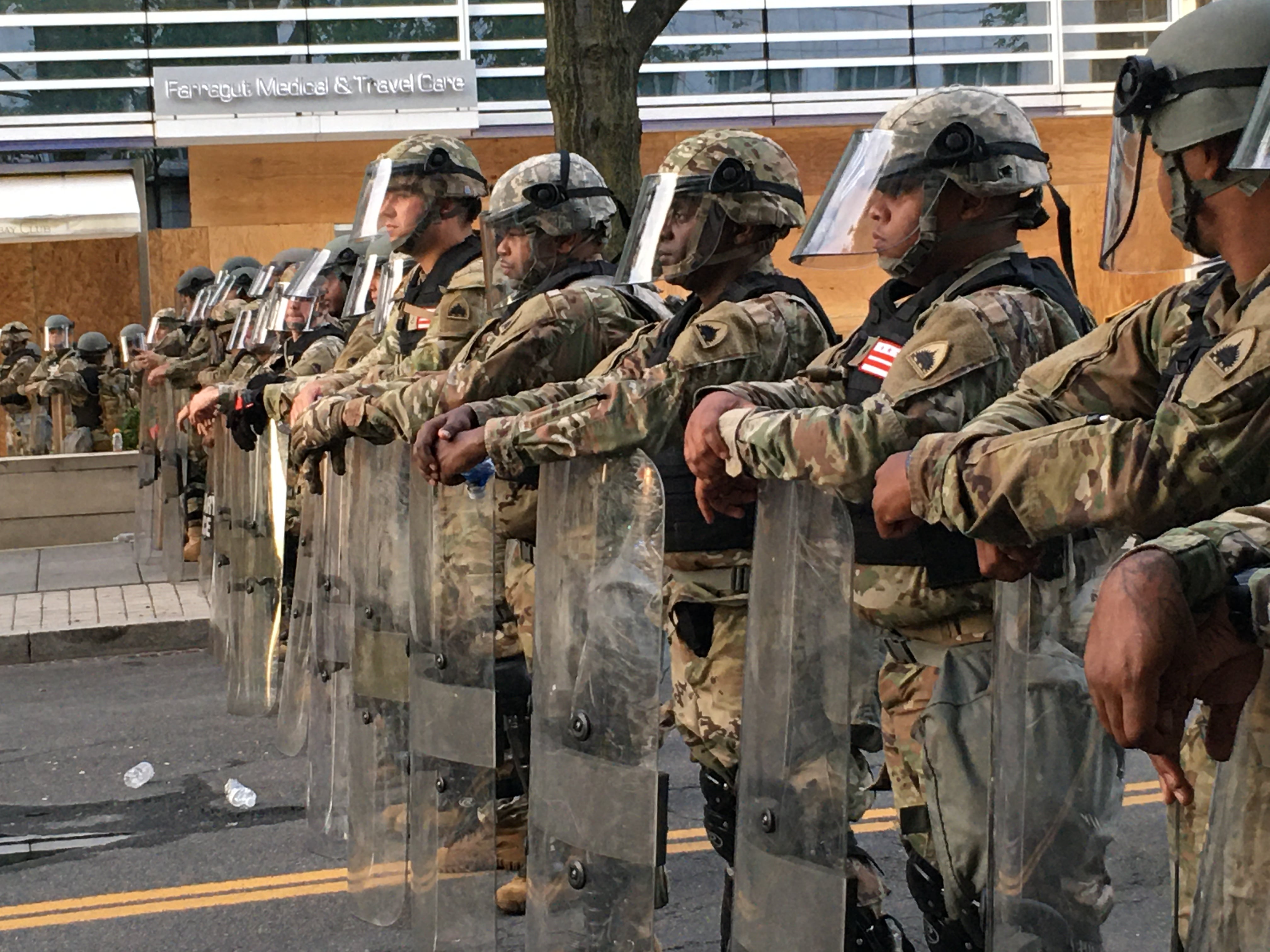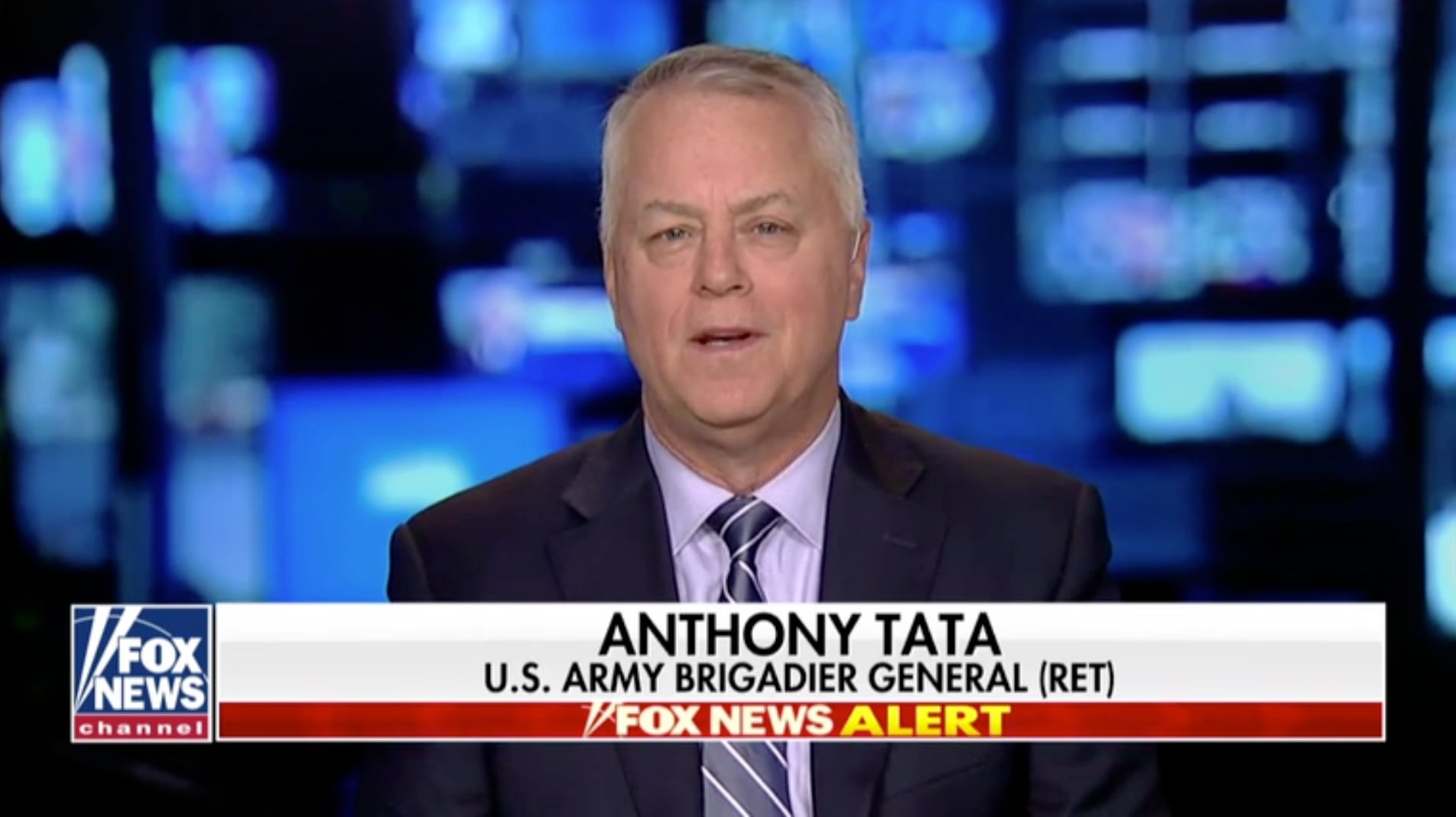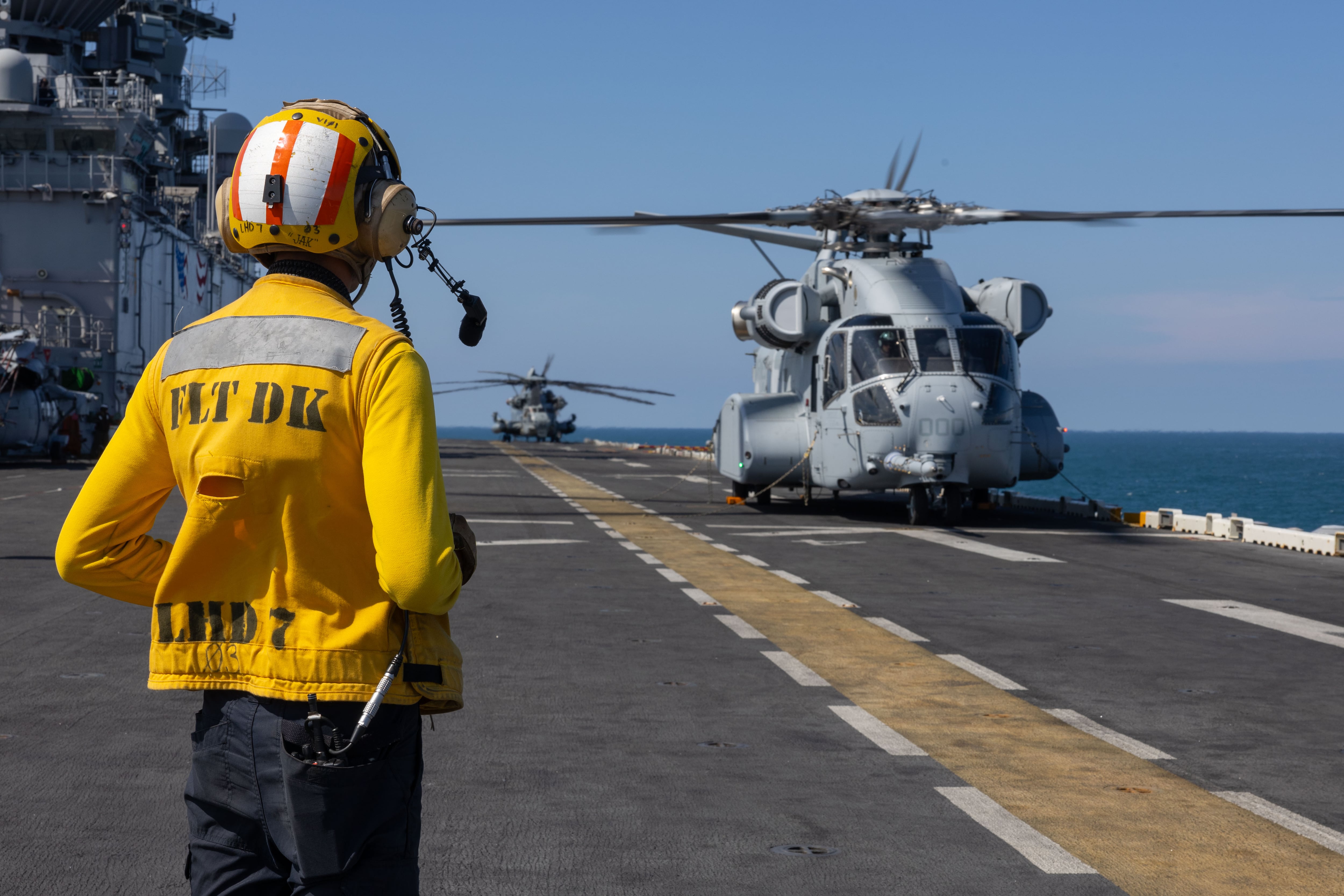Angry lawmakers will summon top Pentagon leaders to Capitol Hill next week to explain what role military personnel will play in responding to growing demonstrations of racial unrest in major U.S. cities and whether President Donald Trump have overstepped his authority as commander in chief.
“(The president) is talking about going to war with the citizens of the United States of America, and that is troubling,” said House Armed Services Committee Chairman Adam Smith, D-Wash., in a conference call with reporters on Tuesday.
“I am very concerned about what potential role the US military could play in amplifying this misguided rhetoric … Talking about the United States of America as a battlespace is wrong."
RELATED
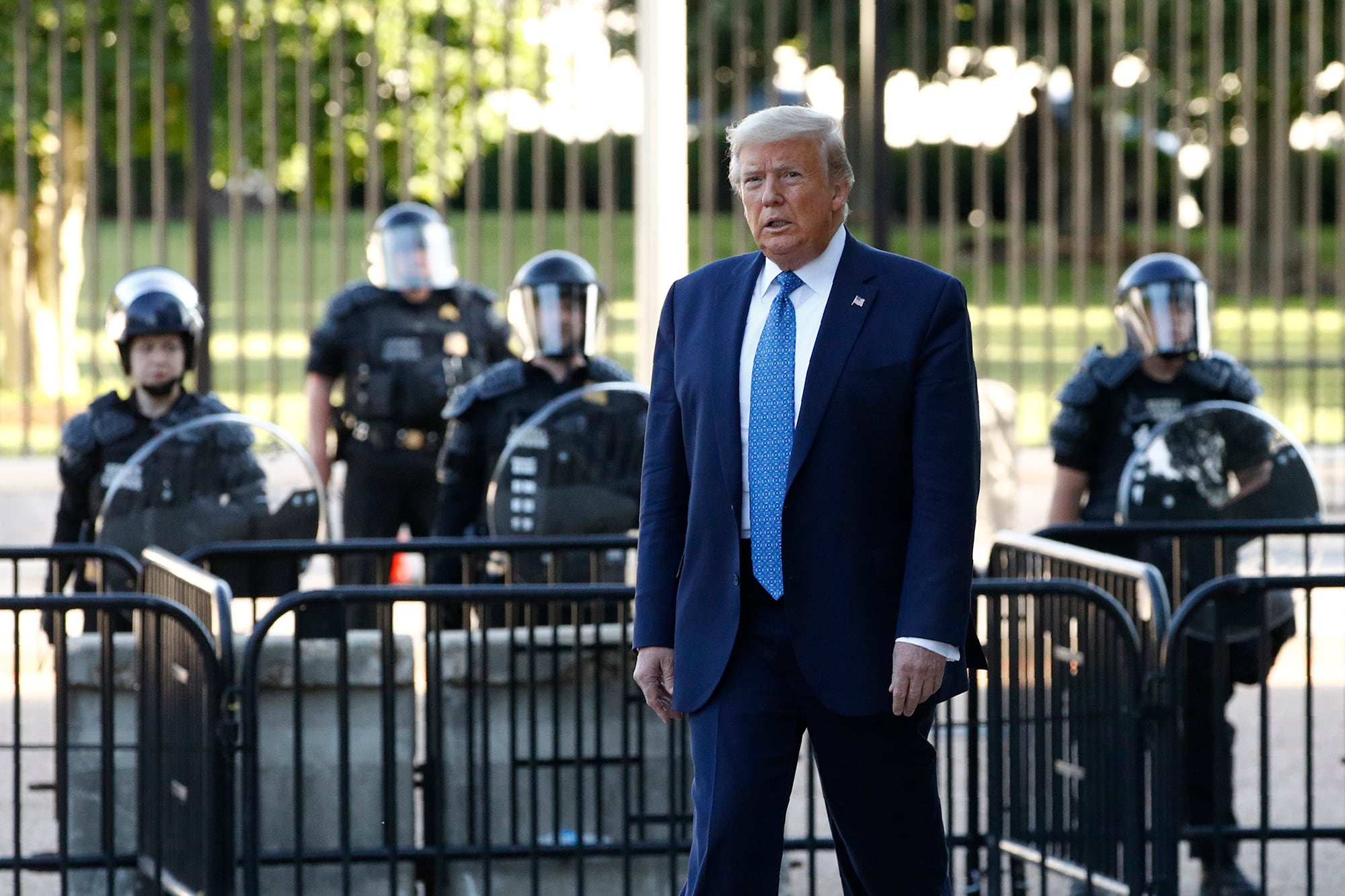
Smith said he will call Defense Secretary Mark Esper and Joint Chiefs Chairman Gen. Mark Milley to appear next week in an in-person hearing before the committee to explain how the military will be used in response to the protests, spurred by the death of an unarmed African American in police custody in Minneapolis last week.
Prosecutors have charged one officer in connection with the death of the man, George Floyd.
The move interrupts House defense lawmakers’ current work on the annual defense authorization bill, massive budget legislation which typically dominates the spring and summer for the committee. This year, the ongoing coronavirus pandemic and the military response to the protests have instead dominated lawmakers’ attention.
On Monday, Trump promised to fully investigate the Minneapolis incident, but blamed “professional anarchists, violent mobs, arsonists, looters, criminals, and rioters” for exploiting the incident to cause violence in cities across the country.
As of Tuesday morning, more than 20,400 National Guard members have been activated in 28 states, as well as D.C., to assist in dealing with the protests. An additional 1,500 National Guard members from Indiana, South Carolina and Tennessee are expected to arrive in D.C. today.
But Trump said he would also use active-duty military forces to “dominate” U.S. cities and stop protesters, comments that raised significant concerns among lawmakers and administration critics. Trump also said that Milley would lead the military response to the problem.
Speaking on background to reporters on Tuesday, a senior defense official said that Milley’s statutory role has not changed, despite Trump’s public comments. Legally, the chairman of the Joint Chiefs serves as the chief military adviser to the president, not as a commander.
The official also indicated that both Milley and Esper were unaware of Trump’s plans to travel to St. John’s Episcopal Church on Monday afternoon, a photo-op that drew significant criticism for the president and the senior administration officials involved.
The church, located less than a block away from the White House, was the center of demonstrations in Washington on Sunday night and was damaged by a fire set by the protesting crowd.
Trump walked from the White House to the church with Esper, Milley and a host of other top federal officials for a brief visit to the site after Secret Service and local police officials forced hundreds of protesters out of the area with tear gas and other non-lethal means. The senior official said Esper and Milley were at the White House for a meeting to update the president on military readiness.
“After that meeting concluded the president indicated an interest in viewing the troops that were outside and the secretary and chairman went with him to do so,” the official said.
“They were not aware that the Park Police and law enforcement had made a decision to clear the square, and once they began that walk off the White House grounds with the president, they continued with him.”
Smith said he was concerned by the sight of the Joint Chiefs chairman in uniform accompanying the president to the site of a controversial political photo-op, but said he did not think that Milley set out to intentionally send that message.
The chairman’s larger concern, however, is that the current unrest has obscured once clear lines of separation between active-duty military responsibilities and state-controlled National Guard missions on U.S. soil.
“There's clearly a role for the guard (with the protests),” Smith said. “What I am concerned about is the breakdown. Secretary Esper is talking about the United States of America as a battle space for the U.S. military to occupy. I think that is wrong.
“I would like them to say, ‘we got a little over exuberant here. That is not the way we should handle this.’”
RELATED
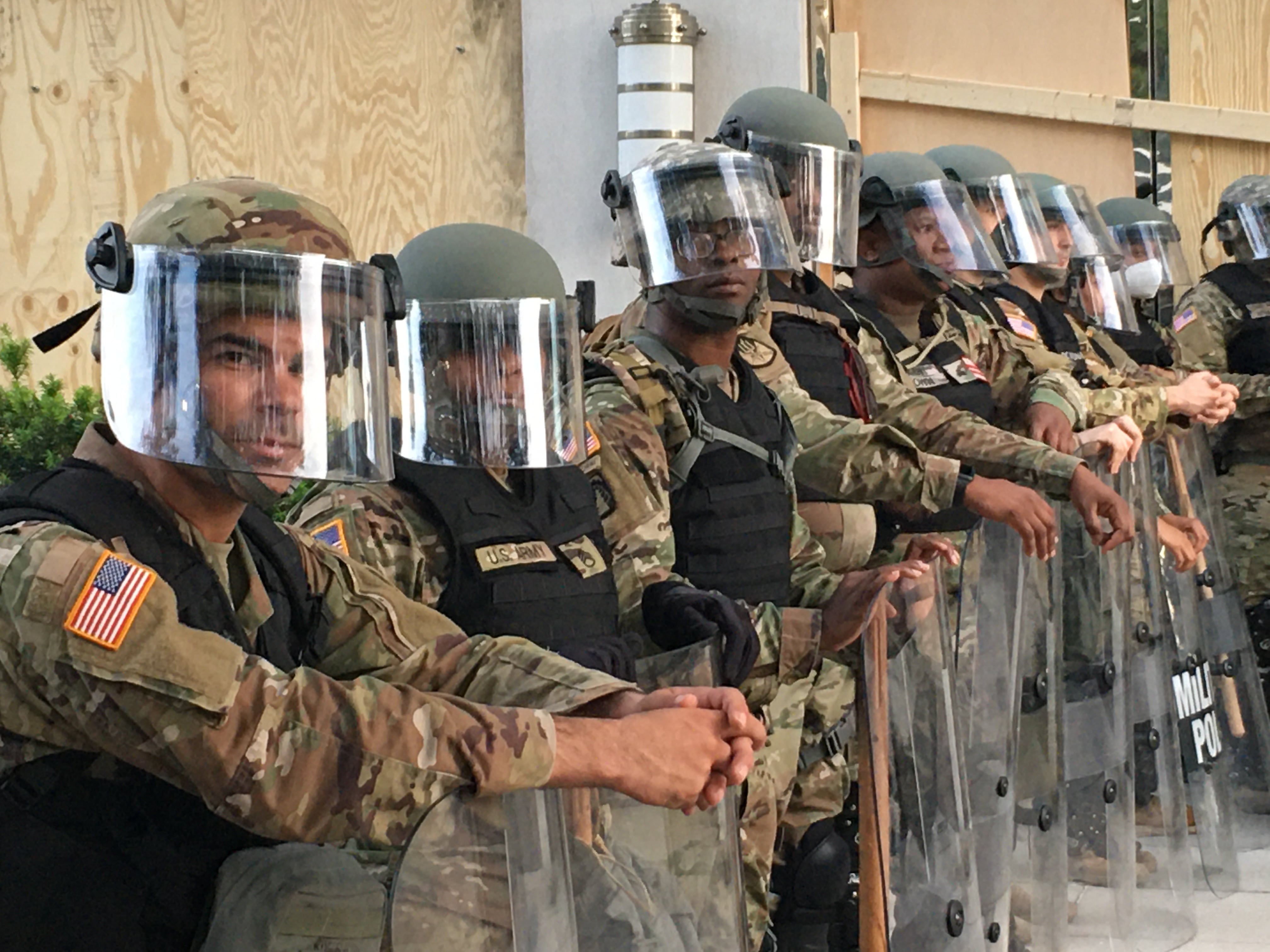
The Senate Armed Services Committee’s top Democrat, Sen. Jack Reed, D-R.I., on Tuesday blasted Trump’s “divisive rhetoric” about use of the military in protest response, saying they “run counter to our democratic values and undermine work of those trying to uphold everyone’s rights and protect public safety.”
Senate Minority Leader Chuck Schumer, D-N.Y., called for Esper and Milley to prevent Trump from using the military in an unfit and unconstitutional fashion.
“This administration is using the military as a tool to intimidate American citizens,” he said. “And the Department of Defense inspector general must immediately launch an investigation into how the U.S. military was used and whether it was consistent with the laws of our nation.”
Republicans thus far have sided with Trump, either ignoring the controversy or supporting Trump’s decision to escalate military involvement.
Senate Armed Services Committee member Tom Cotton, R-Ark., on Monday called for Trump to invoke the Insurrection Act to deploy active-duty military to stop the protests. He met with National Guardsmen patrolling streets near Capitol Hill on Monday night and praised Trump’s actions.
“There’s no one better equipped to handle a crisis like this than General Milley,” Cotton said in a tweet. “Our thanks to him, our troops and federal law enforcement for their help in D.C. last night.”
Leo covers Congress, Veterans Affairs and the White House for Military Times. He has covered Washington, D.C. since 2004, focusing on military personnel and veterans policies. His work has earned numerous honors, including a 2009 Polk award, a 2010 National Headliner Award, the IAVA Leadership in Journalism award and the VFW News Media award.
Joe Gould was the senior Pentagon reporter for Defense News, covering the intersection of national security policy, politics and the defense industry. He had previously served as Congress reporter.
Aaron Mehta was deputy editor and senior Pentagon correspondent for Defense News, covering policy, strategy and acquisition at the highest levels of the Defense Department and its international partners.
